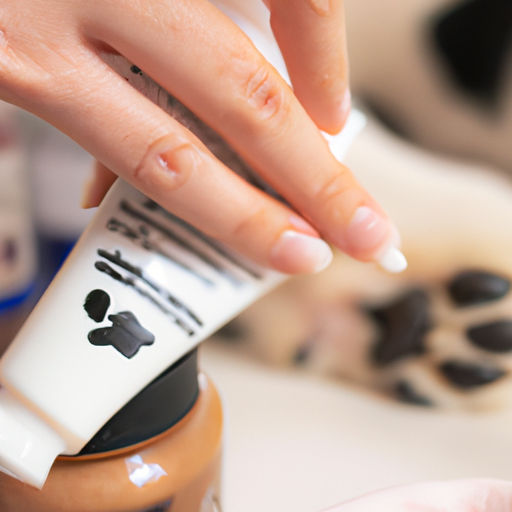Introduction
You know how much your four-legged friend loves its walks, right? But, have you ever wondered about the toll those walks might take on their paws? The terrain, the weather, and even the length of the walk all play a role in the condition of your dog’s paws. Let’s delve into the world of dog paw treatment.
Understanding Your Dog’s Paws
Your dog’s paws, much like human feet, are complex. They consist of five parts:
- Pads: These are the cushiony parts that absorb shock and protect the bones and joints in the foot.
- Claws: Dogs use these for digging, gripping surfaces, and defending themselves.
- Dewclaws: The “thumb” of the dog, these are not always present in every breed.
- Carpal Pad: This is akin to the human wrist and helps with balance and traction.
- Digital Pads: These are the equivalent of human fingers and toes.
Common Paw Problems
Dog paw problems can arise due to various reasons. Some of the common ones include:
- Cuts and Abrasions: These can occur from walking on rough terrain or stepping on sharp objects.
- Burns: Hot pavement can cause burns on your dog’s paws.
- Allergies: Dogs can have allergic reactions to grass, pollen, mold, and other environmental factors.
- Parasites: Fleas, ticks, and mites can cause itching and inflammation.
Importance of Regular Paw Checks
To prevent these problems, regular paw checks are necessary. Here’s what you should look for:
- Debris: Check for any foreign objects lodged in the paw pads.
- Cracks or Cuts: Look for any signs of damage or injury.
- Swelling or Redness: These could be signs of infection or inflammation.
- Odor: A foul smell could indicate a yeast or bacterial infection.
Proper Paw Care
Proper paw care can go a long way in preventing most of these problems. Here are some tips to keep your dog’s paws healthy:
- Regular Nail Trims: Keep your dog’s nails trimmed to prevent them from getting too long and causing discomfort.
- Moisturize: Just like human skin, dog paws can also get dry and cracked. Use a paw balm or wax to keep them moisturized.
- Avoid Hot Pavements: If it’s too hot for your bare feet, it’s too hot for your dog’s paws.
- Rinse After Walks: Rinse your dog’s paws after walks to remove any allergens or irritants.
First Aid for Paw Injuries
Despite your best efforts, paw injuries can still occur. Here’s what to do in case of an injury:
- Clean the Wound: Use warm water and mild soap to clean the wound.
- Apply Antiseptic: Apply a pet-safe antiseptic to the wound.
- Bandage the Wound: Wrap the wound in a clean bandage or cloth.
- Visit the Vet: If the wound is deep or doesn’t improve, visit the vet immediately.
FAQ
Q: How often should I check my dog’s paws?
A: You should check your dog’s paws after every walk or at least once a week.
Q: Can I use human lotion on my dog’s paws?
A: No, human lotions can be harmful to dogs. Use a dog-safe paw balm or wax instead.
Q: What if my dog doesn’t allow me to touch its paws?
A: Training and positive reinforcement can help your dog get used to paw handling. Start slowly and reward your dog for allowing you to touch its paws.
Q: Is it normal for my dog’s paws to smell like corn chips?
A: Yes, this is completely normal. It’s caused by bacteria and yeast that are naturally present on your dog’s paws.
With the right care and attention, you can ensure your dog’s paws stay healthy and comfortable. Now, go enjoy that walk with your furry friend!



